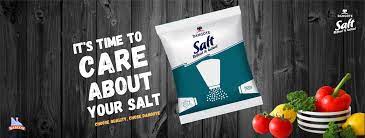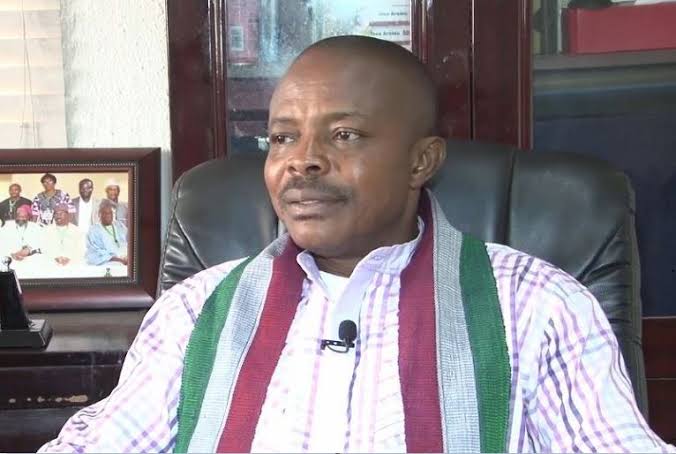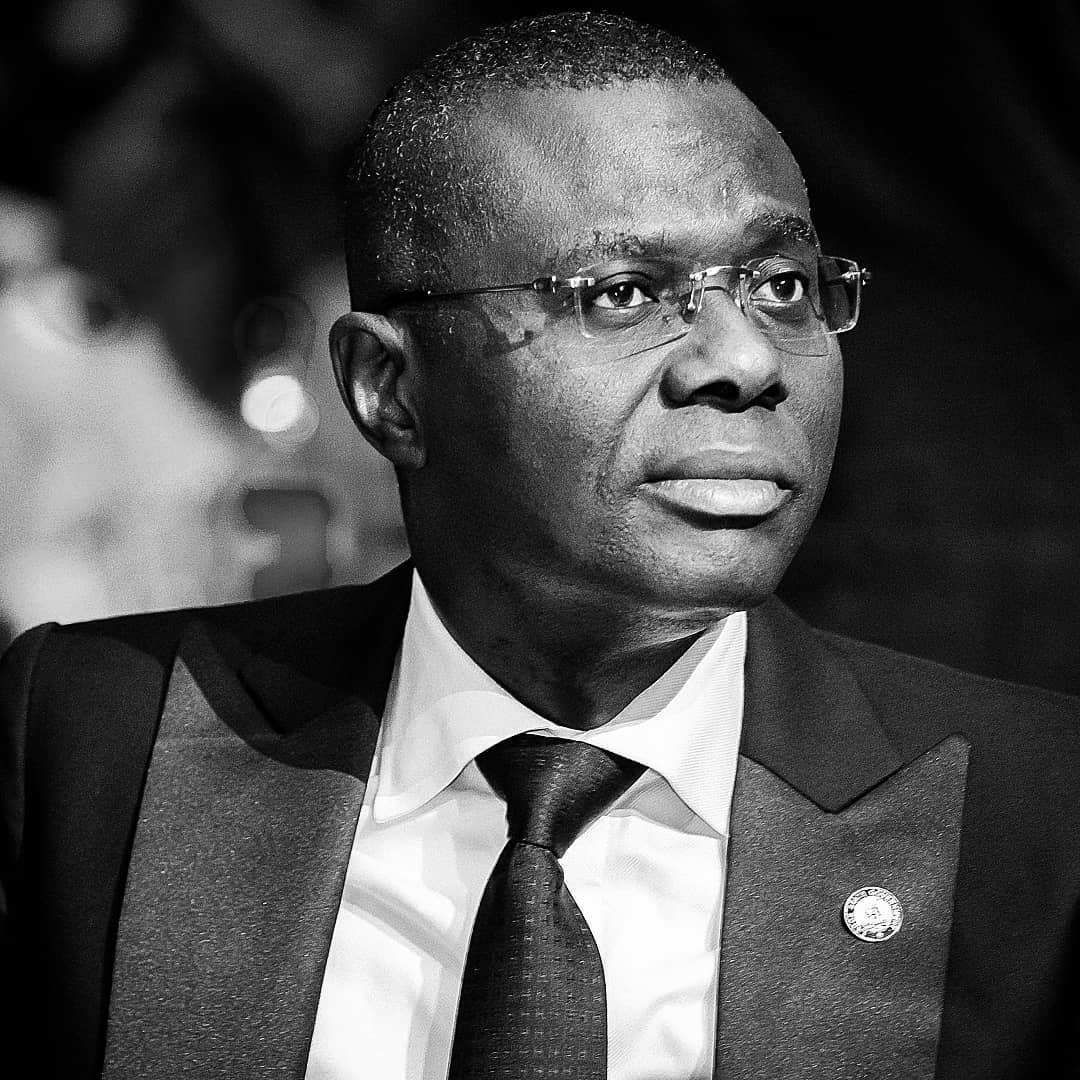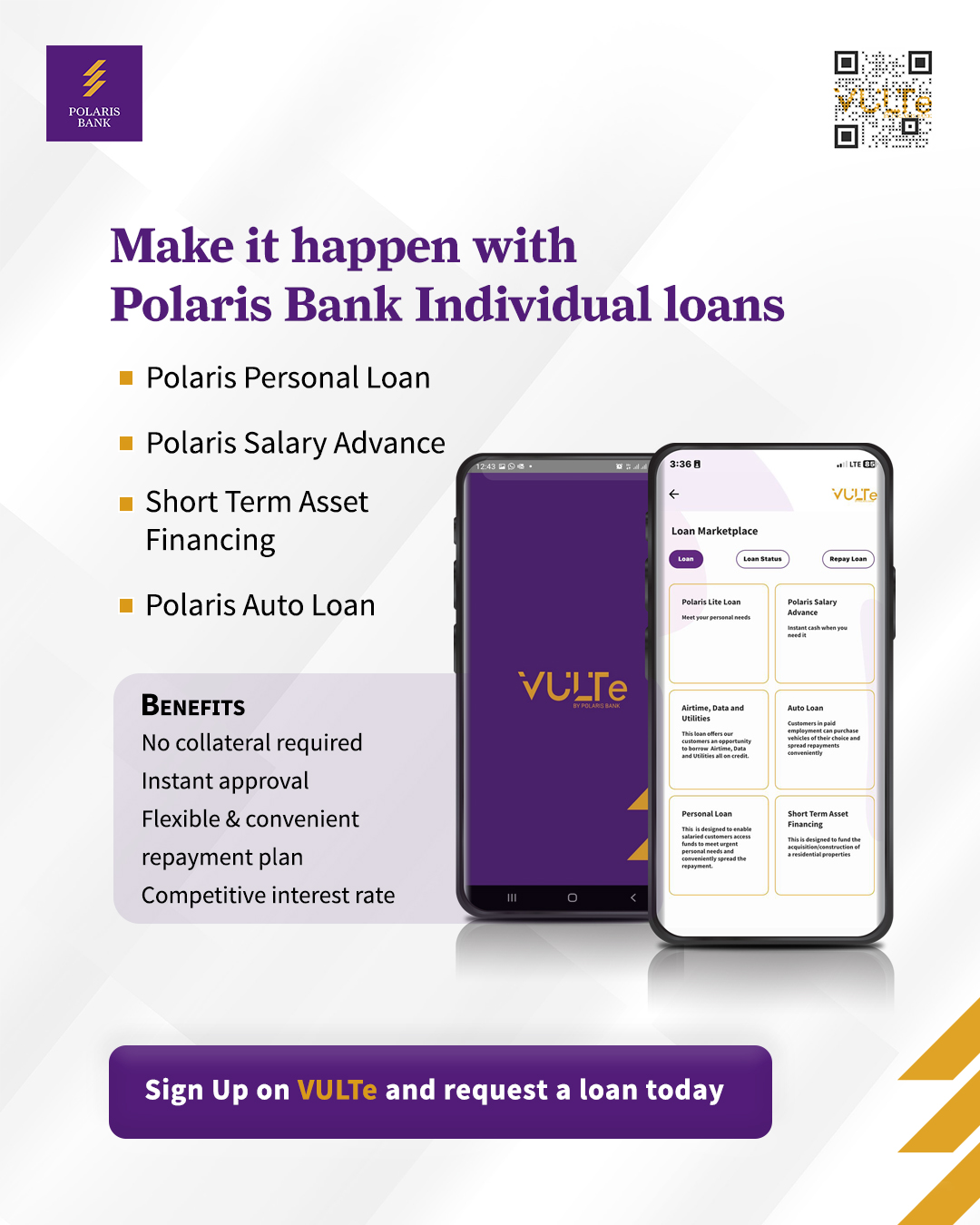How Consumer Expectations Shape Product Design By Stacy Wolff

All good design starts with two questions: Why are we doing this and who are we doing it for? Designers call these the consumer’s “need states.” If we get the answers right, the product can be successful. We aim to meet core expectations like performance, functionality, usability, ergonomics, and appealing form factors. However, our world is constantly changing due to new technologies like AI, disruptive events like the COVID-19 pandemic, and long-term trends like climate change. Good designers anticipate these evolving needs before consumers even recognize them. Therefore, the definition of good design is always evolving, ideally anticipating changes rather than reacting to them.
Consumer demand for sustainable products is a good example of how public expectations shape product design. We know people around the world prefer devices that have as little impact on the environment as possible; we also recognize that sustainable design is a must to keep our planet habitable for human beings. Let’s use plastic as an example, a material used to manufacture most products, including electronic devices.
If current trends continue, by 2050 yearly plastic production could reach 1.1 billion metric tons. That’s unsustainable in terms of climate impact, and it’s dangerous for our world’s ecosystems because the material breaks down into microplastics. That’s why we believe good design must also be circular design. Around 80 percent of a product’s impact is determined in the design phase; by applying our design principles, we can meet consumer expectations for both the technical and environmental performance of our products across their lifecycle.
Sustainable by design
Circularity has heavily influenced HP’s product design for more than 30 years. By integrating the sustainability and design briefs from the start, HP ensures environmental considerations are embedded into the core design process, ensuring our devices contribute to a low-carbon, sustainable, and circular economy. HP follows a four-pronged approach: use increasing amounts of recycled materials such as plastics, identify innovative sustainable materials for future products, design devices for easy repair and recycling, and create products with longer lifespans and potential for second lives.
As digital innovation accelerates, we as designers push beyond what’s currently possible and make new “magic” with sustainability built in. For a company of HP’s size, we must create sustainability solutions that are both pragmatic and scalable.
We know we can take waste to make great things, but it takes a lot of ingenuity to do so. A little over five years ago, we designed the HP Dragonfly laptop using a mere 7 grams of recycled plastic. It may not sound like much, but back then it was revolutionary for the industry. The Dragonfly notebook released in 2023 now contains large amounts of recycled aluminum, recycled magnesium, post-consumer recycled plastic, as well as ocean-bound plastic.
In fact, 100% of our PCs, workstations, displays, and HP original toner cartridges contain recycled content. That means HP has used over 1 billion pounds of recycled materials in our products and packaging since 2019.
We also design our devices to live longer. Take the new EliteBook 1040.We’ve made it so you can replace the battery yourself which allows for a longer lifecycle. By extending the product’s life, we delay the creation of a replacement PC and the associated emissions. We continually make our products more serviceable with each generation by using fewer screws, reusable fasteners, and making the batteries easier to replace.
Sustainability must also go beyond the product itself. Shipping and packaging make up a huge part of the product’s carbon footprint. Last year, we released the HP 24-inch and 27-inch All-in-One and redesigned it based on optimizing palletization to lower our carbon footprint. By detaching the monitor from the stand and designing for easy assembly, we reduced the box size by 62% and increased the pallet density by 66%. This equated to reducing its shipping carbon footprint by 60%. This is a great example of how designing for sustainability must be considered and accounted for from the very start of the design process. We also made big steps in packaging this year by reducing the amount of single-use and petroleum-based plastic across all our PCs. We completely redesigned our packaging— while also improving the out-of-box experience for customers— and made it 100% plastic-free for all premium PCs, starting with the OMEN Transcend 14, released in January.
Designing sustainability into the lifecycle of our products
Today, sustainability is at the core of how the HP Design team develops new products. We continually look beyond the digital technologies used in our devices to reinvent the manufacturing processes and materials sourcing involved in product design. If you’ve admired the speckled finish on this year’s Envy Move, you’ve can appreciate the innovative use of used coffee grounds, one of many materials repurposed from waste streams and given new life in our products.
Our design approach creates a perfect balance between ‘beautiful’ and ‘environmentally responsible.’ Most importantly, we design sustainability into every product across its entire lifecycle because only then can we meet the expectations of our customers — and our planet.
Stacy Wolff is a HPSVP for Product Design and Sustainability











